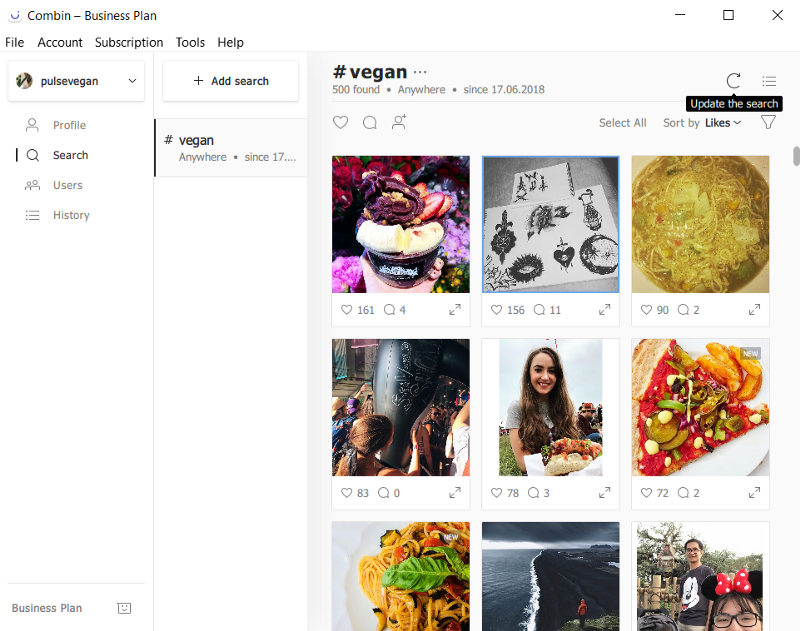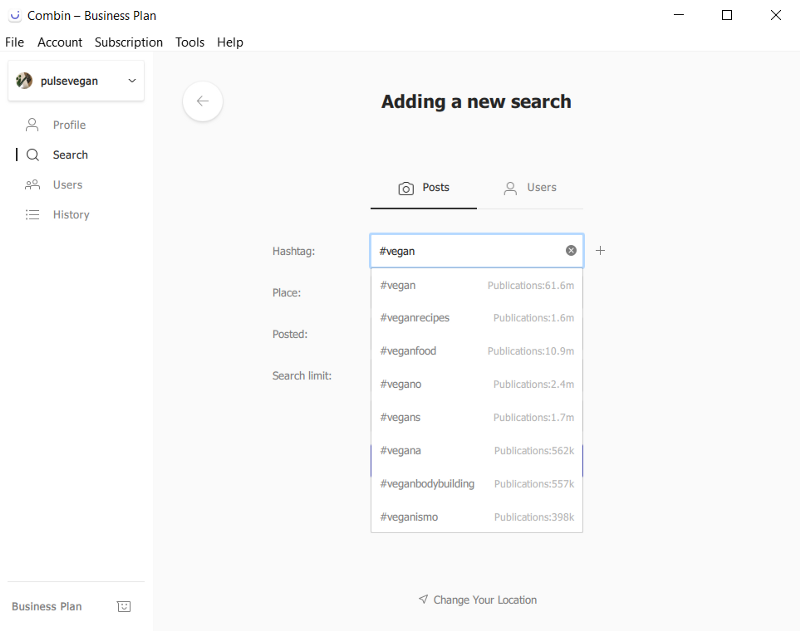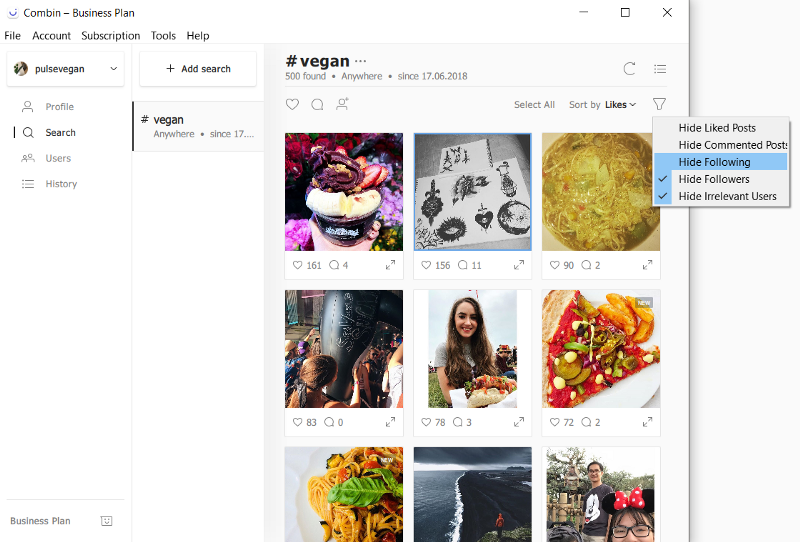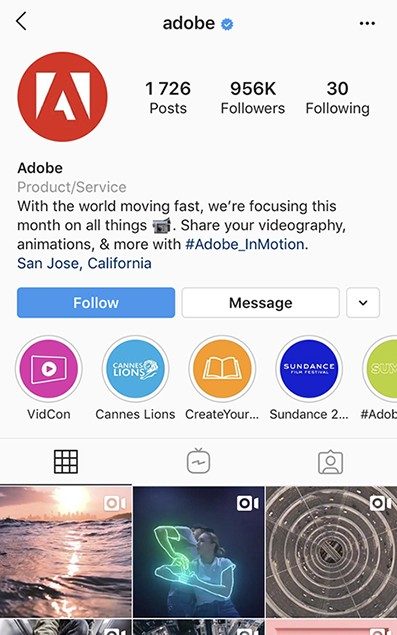What can be better than free ways of promotion? Only free and easy ways of promotion. And hashtags are one of them.
There are 2 types of Instagram users when it comes to hashtags. Type 1: users who add hashtags under their posts and actively use them for their Instagram page promotion. Type 2: those who don’t even have a clue about hashtags value and why on earth they should waste their time on posting them.
Hashtags became popular and widely used in 2007 at the South by Southwest conference. Users texted about the conference on Twitter but struggled to find relevant information. Then ex-Google-worker and Uber app developer Chris Messina offered using the pound sign to organize the stream of news.

Hashtag Types
Nature of using hashtags is very close to the semantic core and semantic segmentation. To make your Instagram account work and to make posts get a large number of followers, likes, comments, and shares, you need to use the right tags under each post.
According to their popularity, hashtags can be divided into high density (100k+ posts) and low-density ones (less than 500 posts). There are other hashtags in between with 500–10 000 posts per each. You can see if the hashtag is popular by typing it on Instagram or inside Combin app.

Now, guys, recall your student times and get ready to take notes. Here are all the main types of hashtags we use on Instagram.
- Content hashtags. Examples: #marketing #socialmedia #fashion
They work really well to promote your posts. But before putting them under your publication, make sure that tags are relevant and reflect the idea of your text, photo or video. And your business, of course.
- Brand tags. Examples: #victoriassecret #gucci #apple #combin
These tags are your own digital signature on Instagram. Such hashtags work not only for world-renowned brands but for small aspiring businesses as well. So if you only start running your brand, don’t hesitate to use brand hashtags!
- Location hashtags. #london #appleparkcupertino
These are not the same as geotags. You put geotags to let people know where you are and such tags can have very low density. Not to mention your own geotags like Tasty Pies by Martha in London. Location tags are typically more dispersed.
- Spam hashtags.
Oh, this good old #like4like #follow4follow tags. Don’t play too much with these. The smallest possible drawback of them is that their density is so high that your post can’t even be noticed. Or you’ll simply get banned.
- Realtime trending hashtags. #metgala #comiccon2019 #election2019
These hashtags may work rather well if you choose the right ones that match your business.
- Hashtags to navigate your followers inside your account. #combin_tips #marycooks #makeup_by_kate
With these hashtags, you can systemize all the information you have in your account and let your followers find posts that are useful and interesting for them.
Use Combin for a hashtag search to promote your account

With the hashtag search in Combin, you can interact, like, comment, follow, and show your interest to the author of posts and thus, gain new followers and clients.
Filter the results and get your target audience from scratch.

Tips on how to use hashtags in 2019
The goal of each hashtag you place under your publications is to attract your target audience, so pay attention to what pound signed marks you use.
- Instagram allows using only 30 hashtags, so we’d recommend placing all 30 marks under each post. This will help you to be discovered.
- To achieve better results, don’t use the same set of hashtags for all the post you have. Mix different content hashtags, use the brand and realtime event ones. A nicely working strategy here is to combine tags of different content (but they should be relevant to your business) and different density.
- Put hashtags that describe your business into your page bio and Stories. This raises your chances to get on the Explore Page and attract your audience via hashtag search.
- Use brand hashtags. Let your potential clients get more information about your business with your own brand hashtags. With such brand marks, you can make your followers share UGC (user-generated content). This works as social proof, so your new followers and potential clients will trust you more. Put your brand name into hashtags with challenges, giveaways and flash mobs.

Commercial accounts with UGC typically have a loyal audience.
The example of this UGC strategy with a brand hashtag is the Adobe Instagram page.
Things you shouldn’t do
Using the same hashtags under each post. Make an effort and collect several groups of hashtags for your posts or categories of posts. Did you post some tips or recommendations for your followers? Fine! Place one group of tags under it. Did you advertise your new product in a video? Good, then put another set of tags.
Using no hashtags at all. If you want to promote your account and hence, business, you simply have to use every free opportunity you get to do that. Hashtags are an easy way to get your loyal audience for free. All you have to spend is a bit of your time.
Private account. Private Instagram pages don’t get on the Explore Page and don’t show up in the hashtag search results. Only hashtags for navigation inside the account will work in this case.
Feel free to share your thoughts and comment which hashtags work for you.

